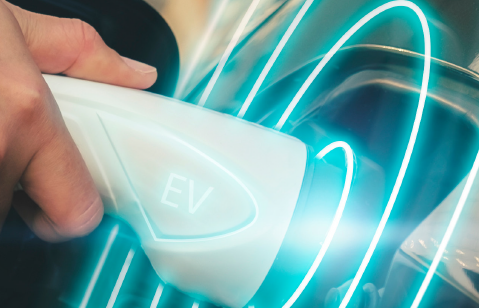When Russ Adams decided to install solar energy panels at his Northbridge MA home, his calculations included not just the yearly savings he would reap on his monthly electric bills, but also the generous federal income tax rebate he would eventually receive based on the equipment and installation costs of the new system.
More valuable than a tax deduction, a tax credit is a dollar-for-dollar reduction of your final tax bill. In Adam’s case, the one-time credit of $6,000 on his $20,000 investment in solar was just the extra push he needed to take the plunge.
From the looks of neighborhoods across the country, residential solar energy systems are indeed catching on. An estimated one out of every 100 homeowners is taking advantage of the energy savings and related tax credits this year. That’s over 40 times as many as a decade ago, according a report by the National Renewable Energy Laboratory.
One reason for the steady growth in the popularity of solar may be the 54% decline in the cost of installation since 2010, says the Solar Energy Industries Association. But there is no doubt that another major factor is the generous federal tax credit that was passed by Congress in 2005 as part of the Energy Policy Act. The credit was extended in 2008, but is set to expire at the end of 2016 unless Congress decides to extend it again.
While that may seem like plenty of time, it isn’t. As with any major home improvement, it takes time to talk with solar installation companies, receive and review proposals, check references, choose the proper equipment, arrange financing if needed, choose an installer and then schedule and complete the work.
Of course, step one is to determine if you qualify for the tax credit in the first place, and to calculate its potential value come tax time. For example, in order to receive the solar tax credit, you need to owe federal taxes – if you’re expecting to receive a refund in a given year, the credit will not apply.
Also worth noting is that the credit is available for solar energy systems installed on existing and/ or new homes as well as second residences, but not on rental properties.
Once Adams determined that he was eligible for the credit, he set about weighing the pros and cons of up-front costs and the cost savings in electricity over the long haul. With a hot tub running year-round and an in ground pool in service during the warmer months, his electric bills were higher than he liked. But Adams calculated that the savings in his utility bills alone didn’t justify going solar. It was the extra incentive of the tax credit that made the move financially worthwhile for him.
Adams reports that after choosing the right installation contractor and the best system for his needs, the process went smoothly and the installation was a success. His electric bills have decreased by “a substantial amount” as did his overall taxable income in 2014.
Is it time for you to go solar? Here are some additional points to consider:
- Most residential solar energy systems cost between $10,000 and $30,000 and will produce monthly electric savings of $100 to $200. Based on these figures, the “break-even” on the investment in energy savings alone is between 5 and 10 years.
- Solar panel installation makes the most sense for homeowners who plan on staying at the same location for at least a decade.
- It is best to install solar panels on a newer roof in order to avoid additional roofing repair costs.
- If you’re not interested in purchasing solar panels outright, there is an option to lease. If you do lease, the federal tax credit will not apply. However, one homeowner who recently leased his system saw his monthly winter electric bill drop from over $1,000 to $125.
- Most leases include a maintenance contract in the overall cost of the lease. You simply pay the solar company a monthly maintenance fee, or receive a discounted rate for the electricity generated by the panels and used in your home.
Energy and Alternative Energy Services
Authors:Dan Collins | [email protected] and Kyle McClure

